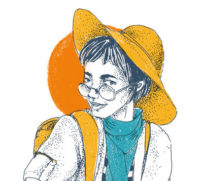“Nobody gets lost in the centre of Bologna, not even a child.” This is a verse from a song by one of Italy’s most popular songwriters, Lucio Dalla, who was born in Bologna and lived there from 1943 to 2012. Dalla is probably the person who knew better than anyone else how to tell this city’s story. His words are a great guide for my trip to Bologna.
the storyteller
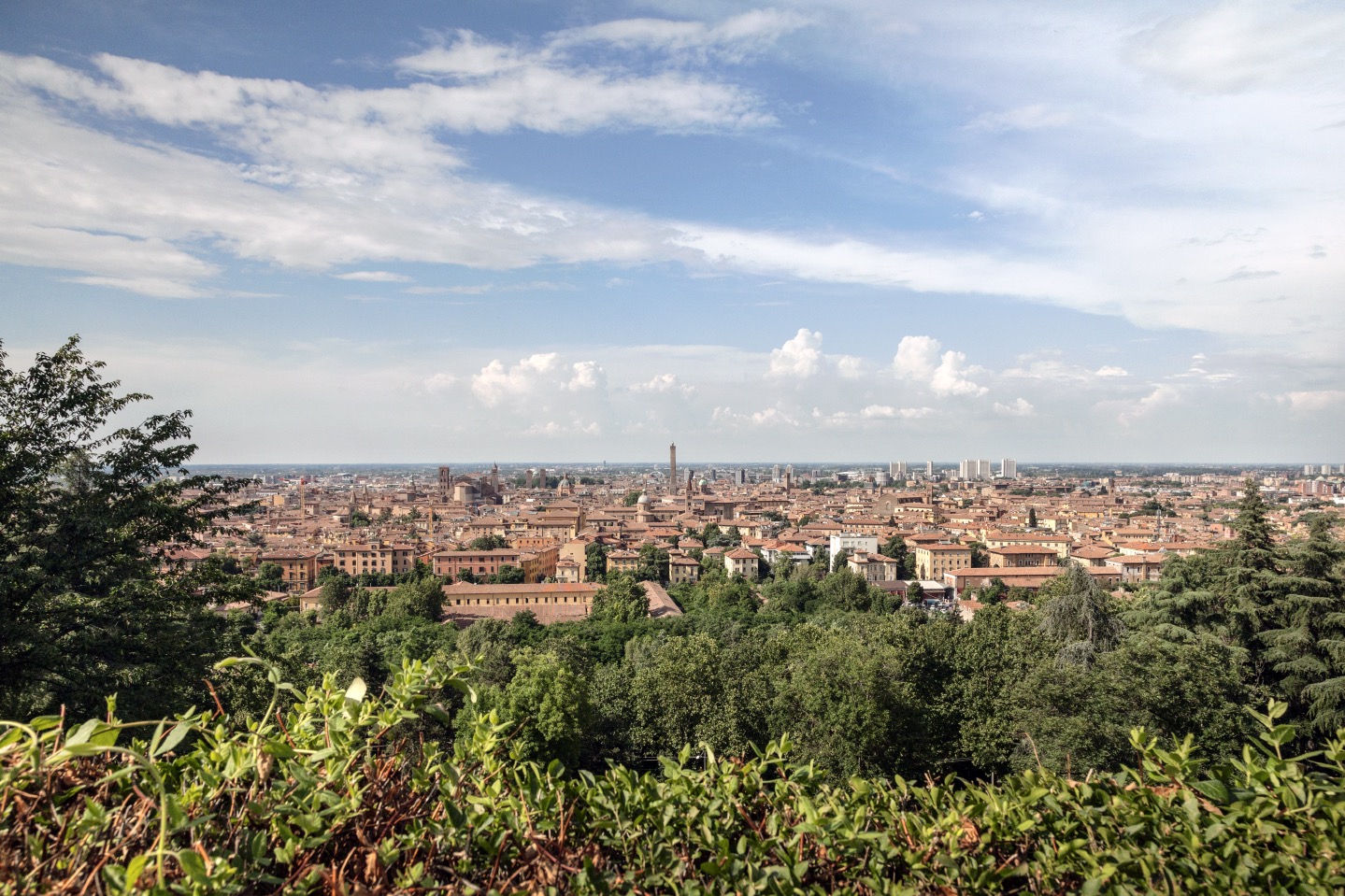
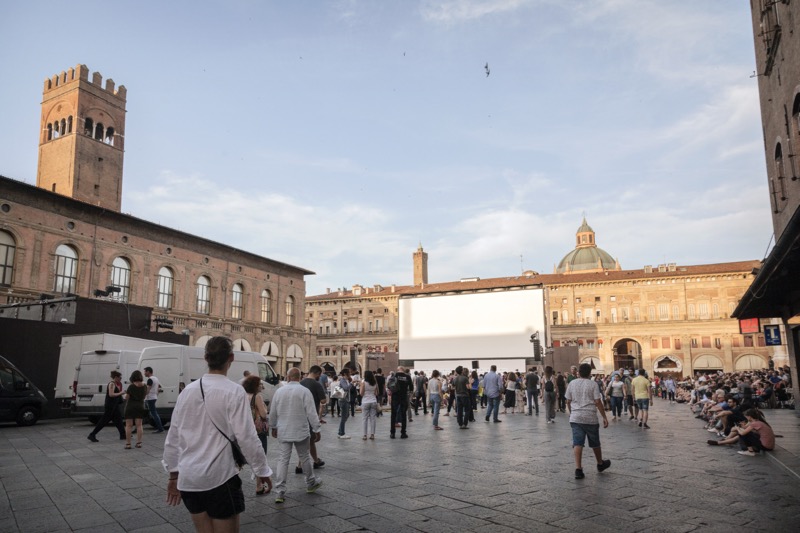
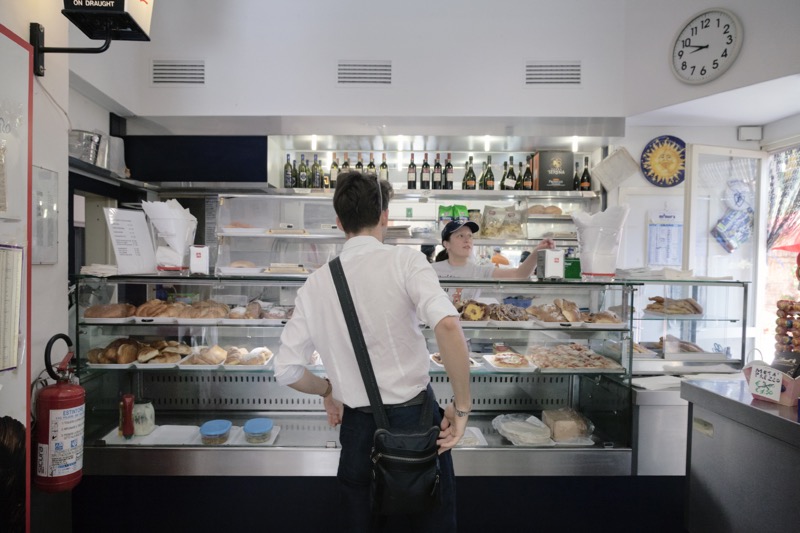
Piazza Maggiore has the most authentic feel of any square in Bologna. An intersection of men talking football and politics mixed with tourists, street artists and families. On the four sides are the Basilica of San Petronio, the historical seat of the Municipality Palazzo D’Accursio, the Portico of Palazzo del Podestà, and the Portico of the Archiginnasio. A few metres away, an imposing statue of Neptune gazes down at the entrance of what will be the first stop on our journey of discovery in the city of Bologna.
Sala Borsa (Stock Market Hall) is an avant-garde multimedia library housed in a building with such a long and rich history that it almost seems immortal. From the centre of the covered quadriporticus measuring about 400 square meters, I see a skylight up above inspired by Art Nouveau. Under my feet, a glass floor reveals remains from Roman times. As its name reminds us, the building was once the place where business negotiations unfolded. In 1870 that floor, today crossed by thousands of students and readers, was trampled underfoot by the hooves of oxen and horses being auctioned. In the 1960s, basketball was even played in Sala Borsa. It was the home arena of the city’s winning teams. Today, in addition to consulting and borrowing books, newspapers and audiovisual materials, you can also see photographic and model exhibitions displaying plans for the city’s future.
“È una Maria della Vita” goes the old saying, which some elderly Bolognese still use when they come across a suffering and scruffy woman. If you want to find out why, you’ll need to visit the Church of Santa Maria della Vita at 10 Via Clavature, one of the streets in the Quadrilatero neighbourhood. Like the old inhabitants of Bologna, you’ll be struck by the Lamentation of Christ: seven terracotta statues carved between 1463 and 1490 by Niccolò Dall’Arca depicting Mary, mother of Jesus, Mary Magdalene and St. John, disfigured by despair. The pain depicted is entirely human, with no sense of mysticism or artistic filters, making the statues unique for their time.
Sala Borsa library
I emerge from the network of alleys in the Quadrilatero onto Via Castiglione. I head for Piazza Santo Stefano, “il salotto buono della città” (the city’s living room), as the Bolognese say. It’s an unusual shape for a square, almost triangular. The two sides are occupied by porticoes, while at the base of the triangle is the Basilica of Santo Stefano, better known as the Seven Churches. The tall iron gate surrounds not one but seven sacred places built in different eras next to, above and inside each other. Imagining stylistic chaos? Not at all! The façade of the basilica is stunning. Order a drink in one of the bars under the porticoes and you’ll see that the square is a real stage.
The charm of Piazza Santo Stefano has another side to it. The sign reads “Da Gino” and inside are mirrors, marble floors, barber’s chairs, all shimmering as if the salon opened yesterday. “I’ve been here for 20 years. Before me there was Gino, who owned if for 62 years. I kept the name because it was a real institution in Bologna”, Francesco explains.
He learnt the skill in Calabria, where he was born. “This place has been just the same since 1944, when it was renovated after the War. In the ’60s and ’70s there were 3000 barbers in Bologna, now there aren’t even 300”. But Francesco is still here, keeping alive a piece of Bolognese history, a typically Italian place to get your dose of social interaction. If you want to tidy up your beard and hair, put down your razor and make yourself comfortable next to Gino.
With a fresh beard, after a few minutes’ walk I find myself at the foot of the Two Towers, Asinelli and Garisenda, iconic symbols of the city. 97 metres up the Asinelli Tower, the view over the entire old town is captivating. Beware, however: if you’re a student who hasn’t graduated yet, avoid the 498 steps like the plague or you will risk never getting your degree. Or at least that’s what university students have always thought. After all, Italy is the land of superstition, is it not?
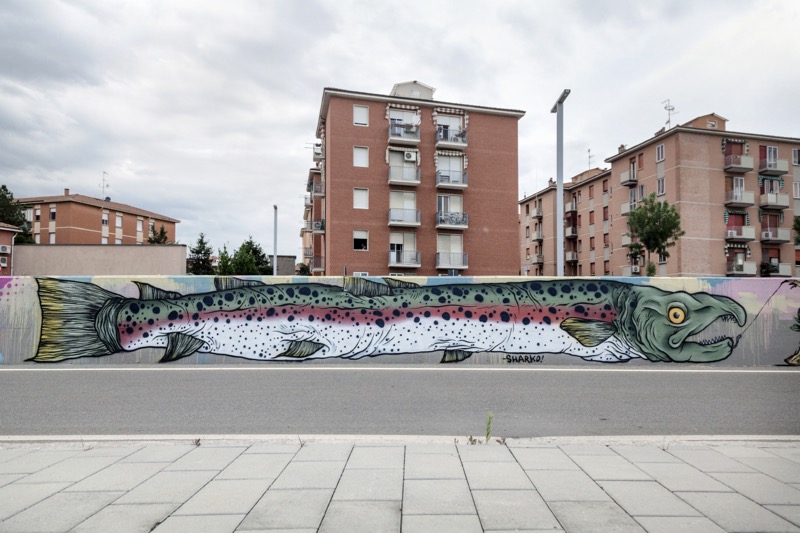
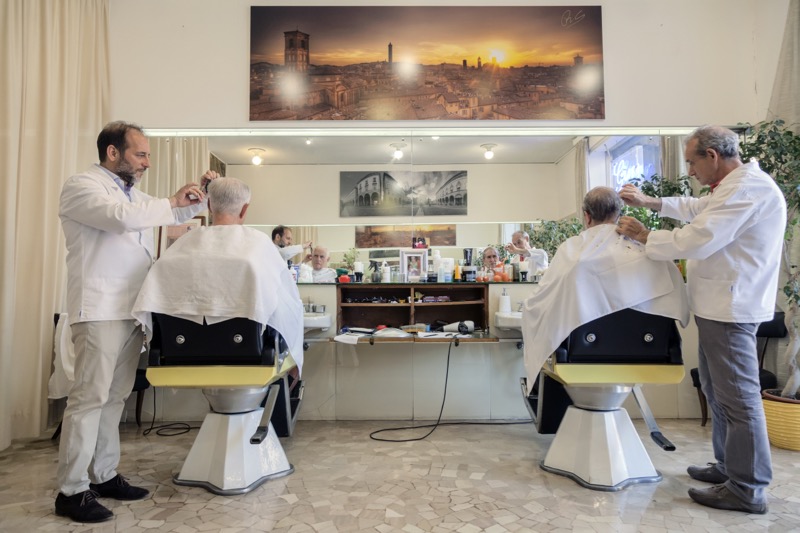
There’s a magical atmosphere to be had in the Jewish Ghetto. From Piazza di Porta Ravegnana descend into Via dell’Inferno, the entrance to a labyrinth of narrow streets, small squares, arches and one of the towers (in medieval times there were 100) hidden in the city centre alleys. As in many European cities, in Bologna Jewish families underwent segregation and expulsions; the first dating back to 1569, the last in 1938 under the fascist regime.
The Ghetto was shut off by gates, had a synagogue – today remembered with a plaque at number 16 Via dell’Inferno – and swarmed with markets and shops. That spirit is still felt today thanks to the craftsmen who’ve brought their work into the ghetto, where tailors and shoemakers intersperse with bars and art workshops.
I leave the Ghetto behind and go towards the Portico of San Luca. The Bolognesi people are convinced that at 4 km this is the longest portico in the world, leading from the centre to the Colle della Guardia hill, 300 metres above sea level. At the top, the Sanctuary of the Madonna of San Luca paints a picture postcard skyline with its dome.
At the top of Via Saragozza, the flat part of the portico ends and the ascent begins; the detachment is marked by the Meloncello Arch, a sort of circular Baroque-style balcony. Just a stone’s throw away, a restorative pause: Bar Billi, famous throughout the city for its panspziel, a typical Christmas dessert stuffed with candied fruit and nuts. The taste is legendary and sweet-toothed Bolognesi flock to the bar in the run up to Christmas.
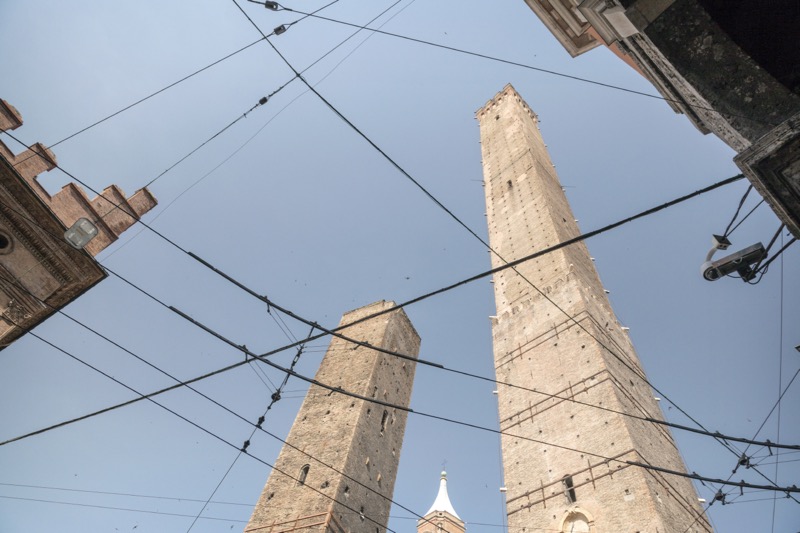
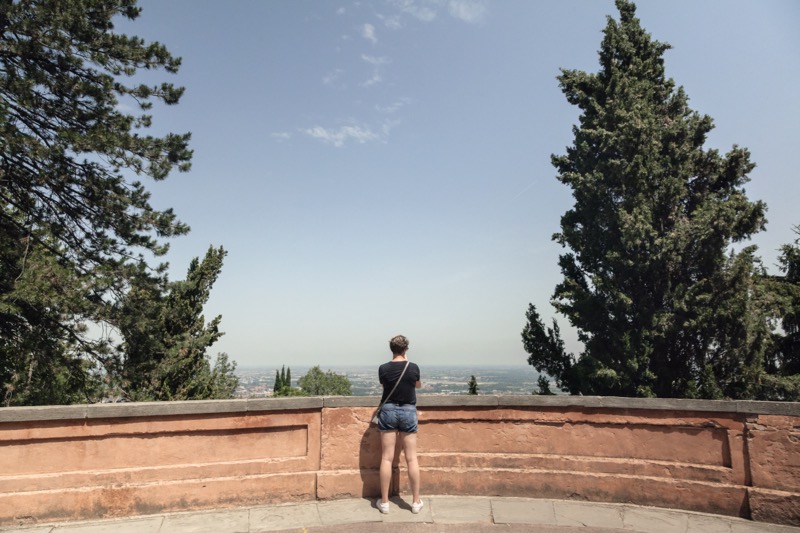
Returning home from Meloncello along Via del Pratello, a lively 600-metre backstreet, I decide to spend the evening there. Coming alive at night has in fact been the calling of Via del Pratello ever since Bologna existed. It was the city of the biassanot (“chewing night” in Bolognese dialect), moving from one tavern to the other until dawn. If this character is on the verge of extinction, its legacy endures among the premises on Via del Pratello. A huge selection of bars, pubs, inns and restaurants, always crowded, sometimes noisy, where you can enjoy chatting with the table next to you or enter into an animated discussion at the bar.
I journeyed into the heart of the city to understand its spirit, but Bologna can also be discovered outside the city walls. On the other side of the Galliera bridge, near the railway station, sits the last tile in my Bolognese mosaic: Bolognina. The neighbourhood was born at the end of the 19th century to accommodate railwaymen. It hosted workers following the industrial development of the 20th century and today it’s a multi-ethnic village. The popular palaces built with typical Bolognese red bricks and wrought iron balconies give character to the long tree-lined streets, such as Via Niccolò Dall’Arca and Via Lionello Spada. Overlooking the pavement, you’ll see African grocery stores, Nigerian hairdressers and Senegalese tailor shops, bringing the street to life with their colourful fabrics. Bolognina is a real window on a multicultural city. If you fancy a break, in Via Luigi Serra you’ll find Fermento. An excellent selection of craft beers, vintage furniture, paintings and photographs by young local artists give the bar an international touch.
A small gem before leaving Bologna. In Via Piella, near the very central Via dell’Indipendenza, there’s a small wooden window in the wall under the porticoes. All around are the writings of people who have opened the window. Open it for yourself and you’ll discover that canals pass through Bologna, just like in Venice. The Navile and Reno, which once allowed silk merchants to export their products, still course through the heart of the city today. Bologna is full of surprises. Why not let it surprise you, too?
di Leonardo Tancredi
Seat of the Town Hall





